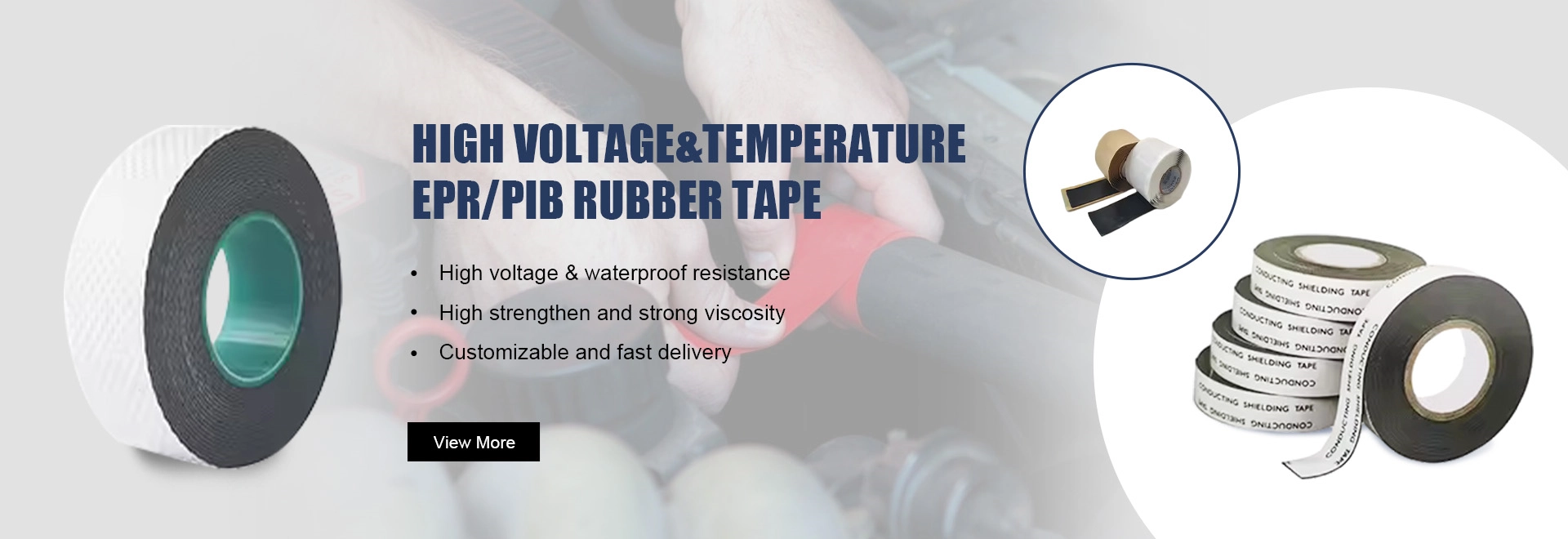The Versatility of Rubber Tape A Comprehensive Guide
Rubber tape has emerged as a crucial tool in various industries and home improvement projects, thanks to its unique properties and versatility. This seemingly simple product has applications that range from electrical insulation to waterproof sealing, making it a go-to solution for professionals and DIY enthusiasts alike.
What is Rubber Tape?
Rubber tape is a type of adhesive tape made from rubber and is often used for its excellent insulation properties and flexibility. This tape can come in various forms, including self-vulcanizing rubber tape, which is typically used for electrical purposes, and waterproof rubber tape, suited for plumbing and outdoor applications.
Properties and Benefits
One of the standout features of rubber tape is its adhesion. It can bond to many materials, including metal, plastic, and wood. This strong adhesive quality is particularly advantageous in environments with varying temperatures and humidity levels. Additionally, rubber tape is resistant to chemicals, oils, and solvents, enhancing its durability and making it suitable for industrial applications.
Another notable property of rubber tape is its flexibility. Unlike rigid tapes, rubber tape can easily conform to uneven surfaces, making it ideal for wrapping around pipes or irregular objects. This flexibility also allows it to stretch, which helps maintain a tight seal even under pressure or movement.
Applications of Rubber Tape
One of the primary uses of rubber tape is in the electrical industry, where it serves as an insulating barrier for wires and connections. Self-vulcanizing rubber tape can be used to wrap electrical cables to prevent short circuits and protect against moisture. Its resistance to heat and cold makes it reliable for outdoor electrical installations where temperature fluctuations might occur.
rubber tape

2. Plumbing Solutions
In plumbing, rubber tape acts as an effective sealing agent for pipes and joints. Its waterproof properties make it extremely useful for preventing leaks in both residential and commercial plumbing systems. When applied properly, rubber tape can provide a long-lasting seal that minimizes the need for frequent repairs.
3. Automotive Applications
Rubber tape also finds its place in the automotive industry. It is used to insulate electrical connections in cars and trucks, protecting them from water damage and ensuring the longevity of the electrical system. Additionally, rubber tape can be used to wrap hoses and cables, providing extra protection against wear and tear.
4. Home Improvement
For DIY enthusiasts, rubber tape is an indispensable tool. Whether sealing windows, reinforcing tools, or even making quick fixes on broken items, rubber tape is versatile enough to handle a variety of tasks. Its ease of use makes it accessible for anyone looking to tackle home improvement tasks without specialized skills.
How to Use Rubber Tape Effectively
Using rubber tape effectively requires a few simple steps. First, ensure the surface is clean and dry before applying the tape. This will enhance adhesion and ensure a more effective seal. When applying the tape, stretch it slightly as you wrap to create a tight bond, and make sure to overlap the edges to maximize coverage. After application, it’s essential to allow the tape to cure for the recommended time as specified by the manufacturer, particularly for self-vulcanizing varieties.
Conclusion
Rubber tape is a remarkably versatile tool that plays a vital role across various sectors, from electrical insulation to plumbing and automotive applications. Its unique properties—such as strong adhesion, flexibility, and chemical resistance—make it a preferred choice for many users. Whether you are a professional tradesperson or a DIY enthusiast, having rubber tape in your toolkit can save you time and resources, offering reliable solutions for your adhesive and sealing needs. As technology continues to evolve, the uses for rubber tape are likely to expand, further solidifying its status as an essential item in both industrial and personal applications.
-
XIANGFAN Rubber Tape-Ultimate Solutions for All Your Insulation NeedsNewsJun.24,2025
-
XIANGFAN Rubber Tape-Protection for Industrial and Residential ApplicationsNewsJun.24,2025
-
XIANGFAN Rubber Tape: Superior Safety and Sealing for Demanding EnvironmentsNewsJun.24,2025
-
XIANGFAN Rubber Tape: Reliable Solutions for Every Electrical ChallengeNewsJun.24,2025
-
XIANGFAN Electrical & Industrial Tape: Powering Reliability Across IndustriesNewsJun.24,2025
-
XIANGFAN Electrical & Industrial Tape: Excellence in Every ApplicationNewsJun.24,2025
